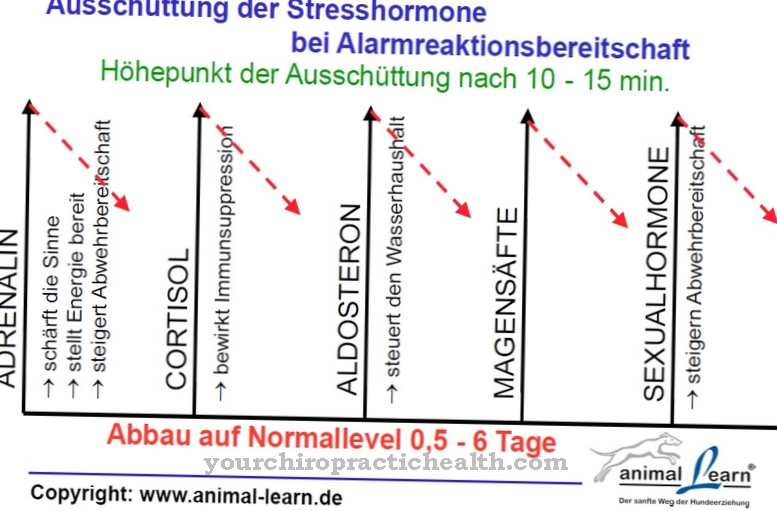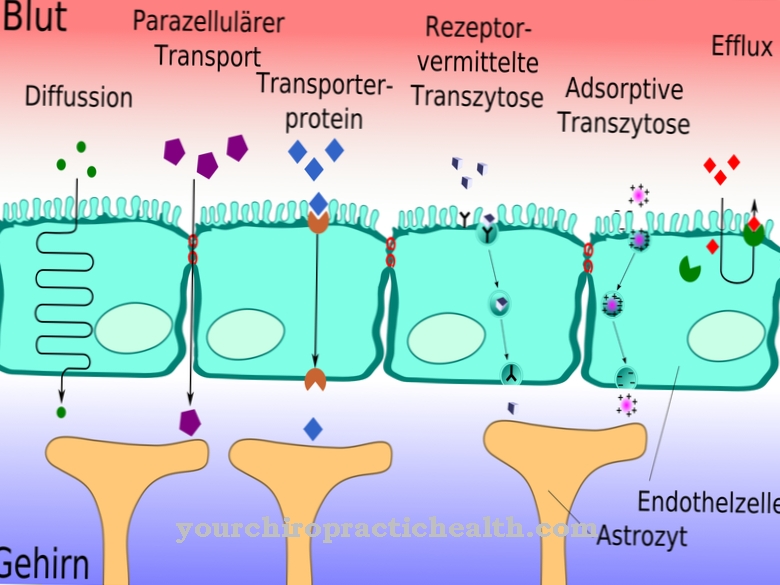Within the broad treatment field of dentistry, different specialist areas have developed over the centuries. The individual specialist areas, which also include orthodontics, work both independently and interdisciplinary.
What is an Orthodontist?

The Orthodontics is a separate field of treatment within dentistry, which, in addition to general preventive care, diagnostics and therapy, has to deal with very specific tasks within dentistry. In medical terminology, orthodontics is also referred to as dento-maxillary orthopedics.
The primary objectives of orthodontic measures are aimed at identifying dysharmonics and so-called misalignments of the jaws and teeth, correcting them effectively and enabling those affected either to be free from complaints or to have a better quality of life. In addition, orthodontics can also be preventive. In principle, all age groups are treated within the framework of modern orthodontic options.
The orthodontist's training initially includes an extensive, completed degree in human and dental medicine. This is followed by theoretical and practical training, which also includes surgical techniques and prosthetic care, among other topics. The sub-areas of orthodontics are referred to as functional orthodontics, dentofacial orthopedics, orthodontics and orthodontic orthopedics.
Treatments
The general and specific actions that a orthodontist can use, are quite diverse and refer in particular to the supply of removable or fixed orthodontically relevant devices.
Trained and experienced orthodontists are primarily concerned with supplying patients with braces to correct misaligned jaws and teeth. As a rule, the oral surgeons work together with specialists from other dental areas such as maxillofacial and oral surgery or implantology.
Various prophylactic interventions that serve to avoid the occurrence of foreseeable malformations are also part of the job of an orthodontist. Orthodontists specialize not only in misalignments of teeth and jaws, but also in diseases of the dental apparatus.
This applies in particular to changes in the jaw that are caused by advanced periodontal disease and can be associated with the loss of gums and jawbones.
Diagnosis & examination methods
In order to be able to recognize impairments of the teeth and the jaw from an orthodontic and dental perspective quickly and as soon as possible, the orthodontist well-founded diagnostic possibilities.The orthodontist uses different procedures, many of which are based on medical technology devices.
The assessment of the individual and family anamnesis as well as the detailed examination of the patient are used to collect the findings. In this context, the orthodontist pays attention to jaw or facial asymmetries, speech disorders or respiration. Corresponding conclusions are made possible by the orthodontist looking at the patient.
In addition, orthodontics uses the possibilities of jaw measurements and radiological techniques. Magnetic resonance therapy and so-called photo and functional diagnostics are also important for the detection of existing impairments and the planning of treatments by the orthodontist. The findings of the ear, nose and throat specialist can also be used for diagnostics.
The treatment-relevant measures of an orthodontist include the use of fixed or removable corrective devices, which include so-called molar straightening areas, Invisalign aligners or compound retraction arches. The brackets and braces are also part of the orthodontist's treatment concepts. Not only the adjustment and use of these aids, but also their control and any necessary readjustment belong to the range of orthodontic treatments.
In addition to these therapeutic measures, the orthodontist realizes methods known as lingual and segment floor techniques. To be able to maintain the success of a treatment, the orthodontist stabilizes the results. This phase is called retention and is done on the basis of the retention brackets by the orthodontist.
In addition to the externally visible brackets, brackets are attached to the inside of the teeth in connection with the lingual technique. These can help straighten and compensate for misaligned teeth. The segment arch technique is about optimally coordinating the tooth movements by the orthodontist and improving the three-dimensional arrangement of the dentition elements.
You can find your medication here
➔ Toothache medicationWhat should the patient pay attention to?
Of the orthodontist is a dentist who has a high level of responsibility. In order to find the most perfect orthodontist for yourself or for your children, it is advisable to compare several medical practices.
Important aspects are the information about the possible orthodontic techniques and treatment methods as well as the orientation of the practice. In this regard, there are orthodontists who can build on a knowledge that includes holistic medicine. In addition, discussions with patients who have already been treated lead to an optimal assessment.
In order to feel safe and fearless with an orthodontist, it is necessary that a patient-friendly and understanding team work there. This is essential for children in particular. The equipment in the practice, privacy and cleanliness are factors that make a first impression and, like the professionalism of the orthodontist, justify the selection.








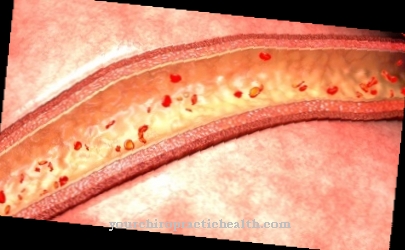
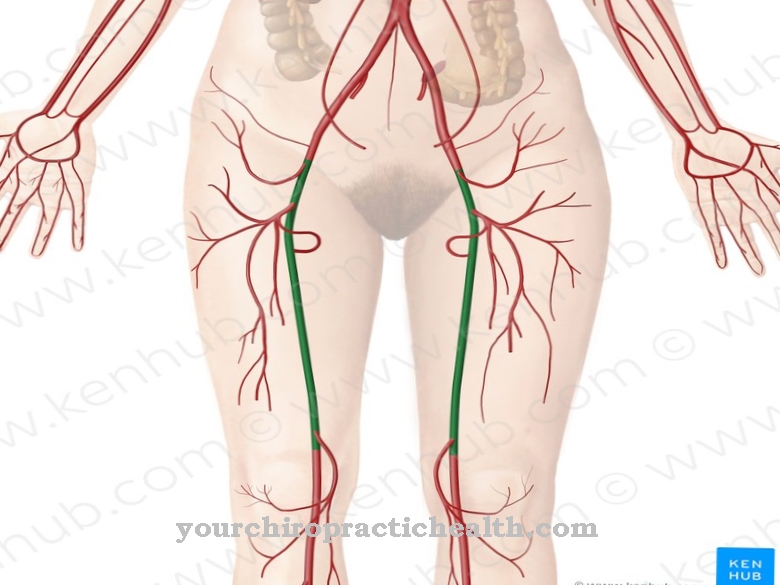


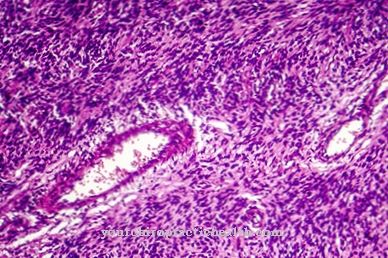
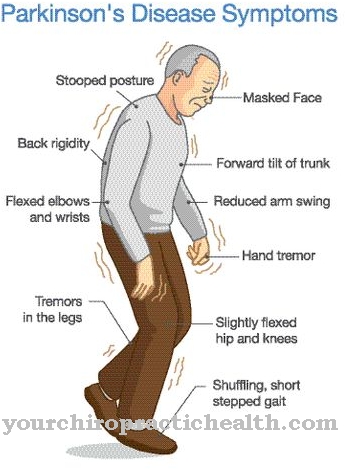
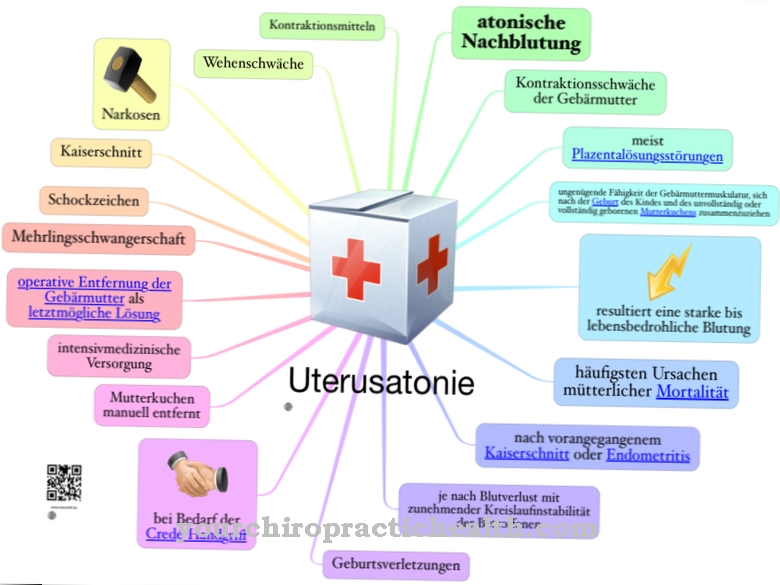

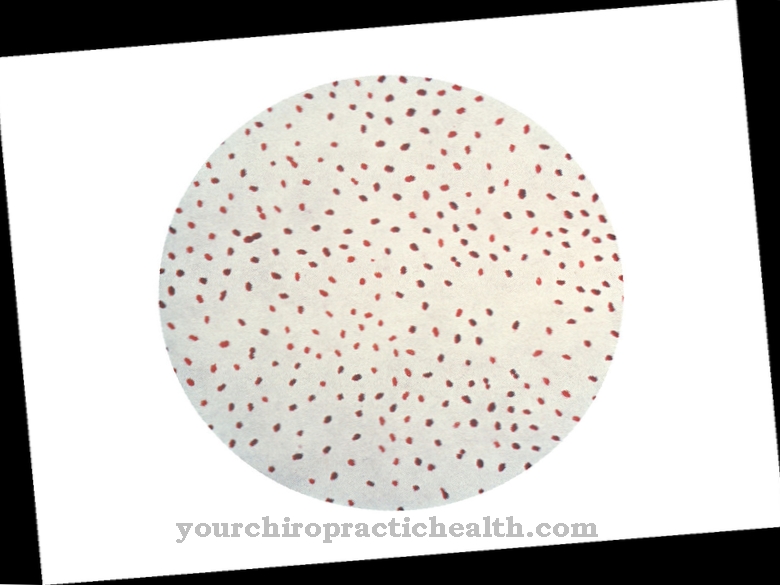



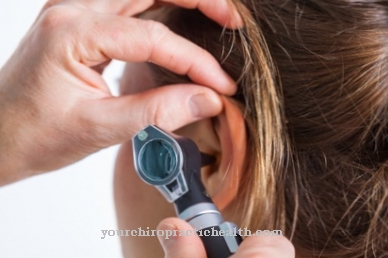


.jpg)
